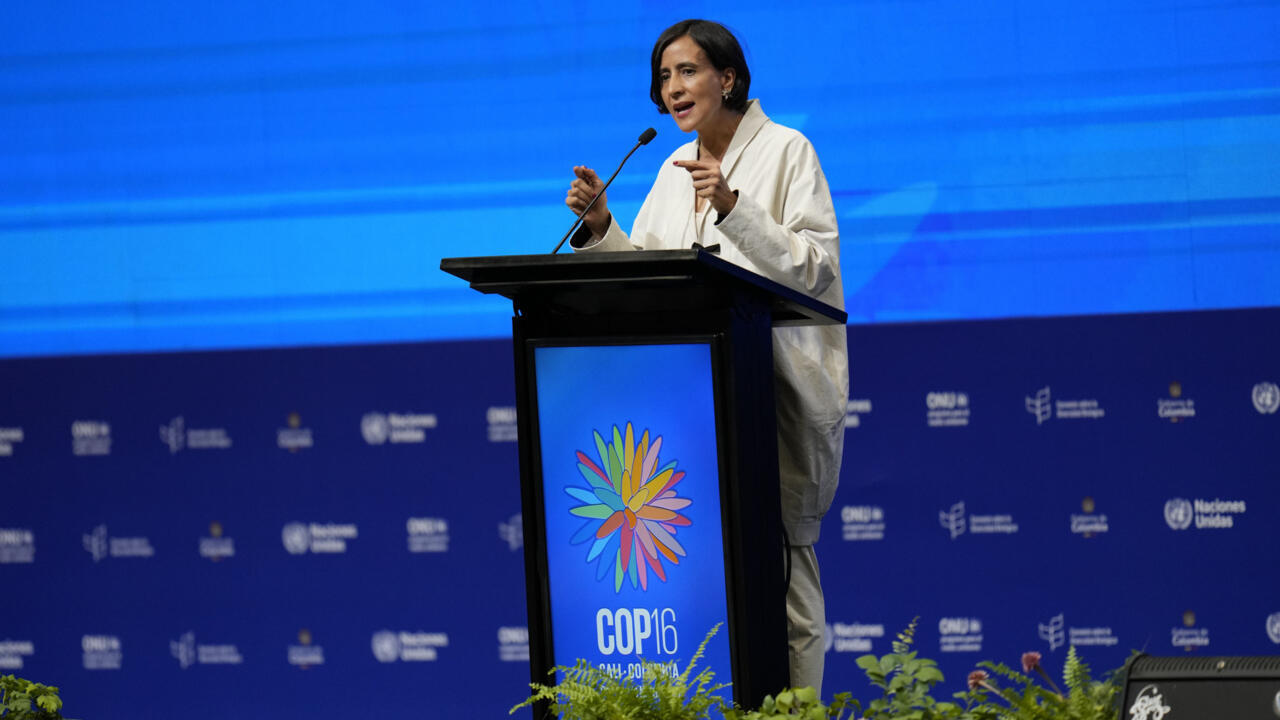Conservation Crossroads: Global Talks in Rome Stall Over Critical Funding Impasse

Global environmental leaders converge in Rome today as the world's most critical nature conservation summit reignites, seeking to bridge the deep financial divide between developed and developing nations. Last year's negotiations dramatically unraveled, leaving critical environmental protection strategies hanging in the balance.
The high-stakes conference aims to break through the longstanding impasse that has stalled crucial funding mechanisms for global biodiversity preservation. Delegates from across the globe are gathering with renewed determination to forge a collaborative path forward, recognizing that environmental challenges transcend national boundaries.
At the heart of the discussions lies a complex negotiation over financial commitments, with northern countries facing mounting pressure to support conservation efforts in southern regions. The stakes are immense, as the outcome could significantly impact global ecosystem protection, climate resilience, and sustainable development strategies.
Experts hope this renewed dialogue will transform previous deadlocks into meaningful, actionable agreements that can protect our planet's most vulnerable natural habitats and biodiversity hotspots. The world watches closely, anticipating breakthrough moments that could reshape international environmental cooperation.
